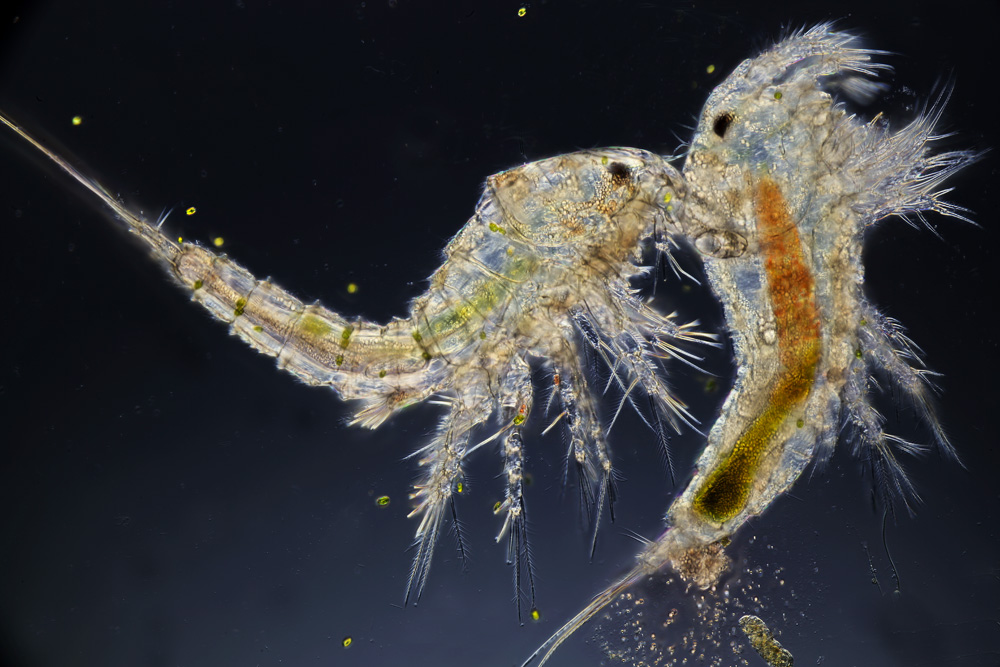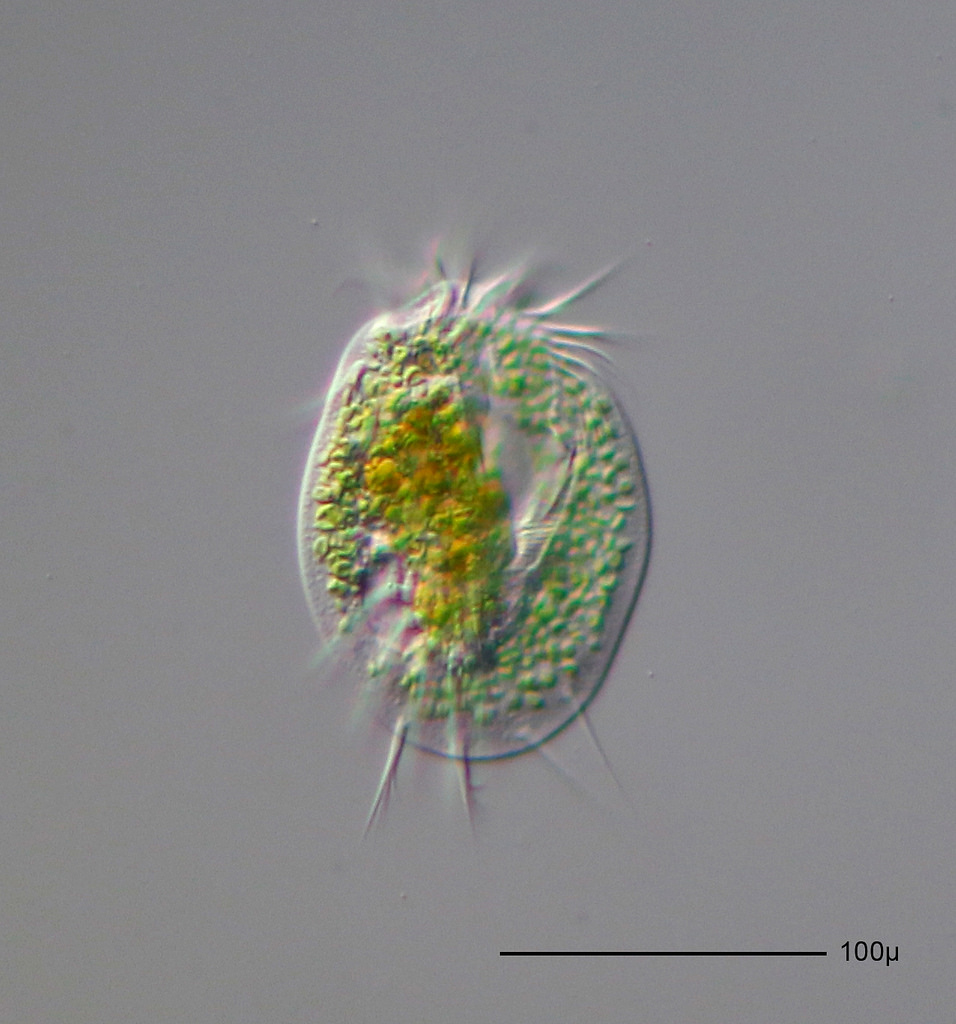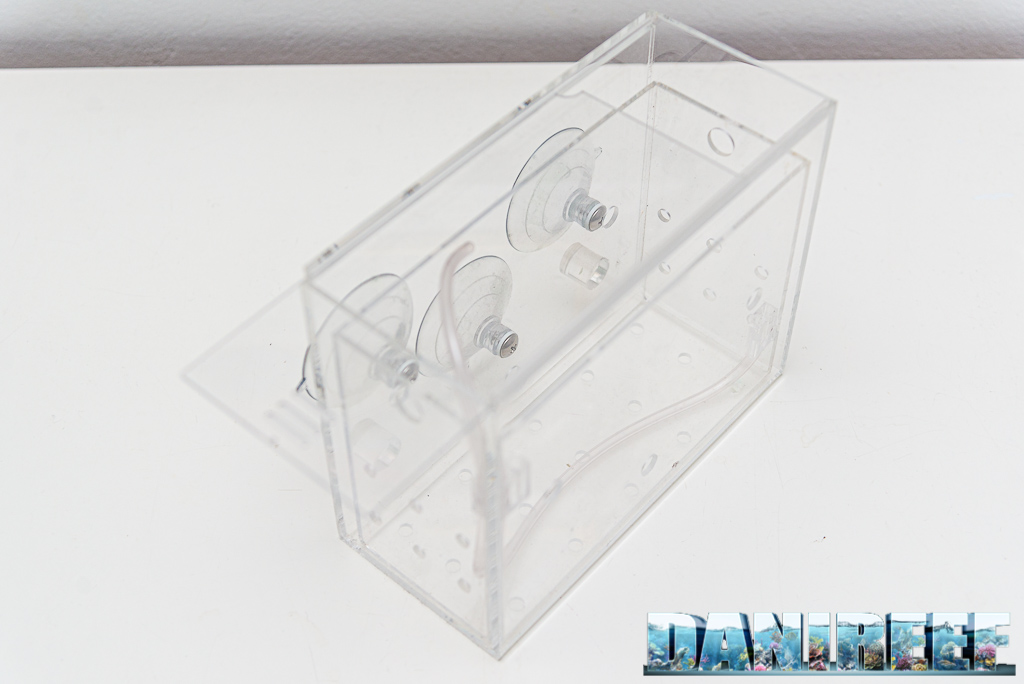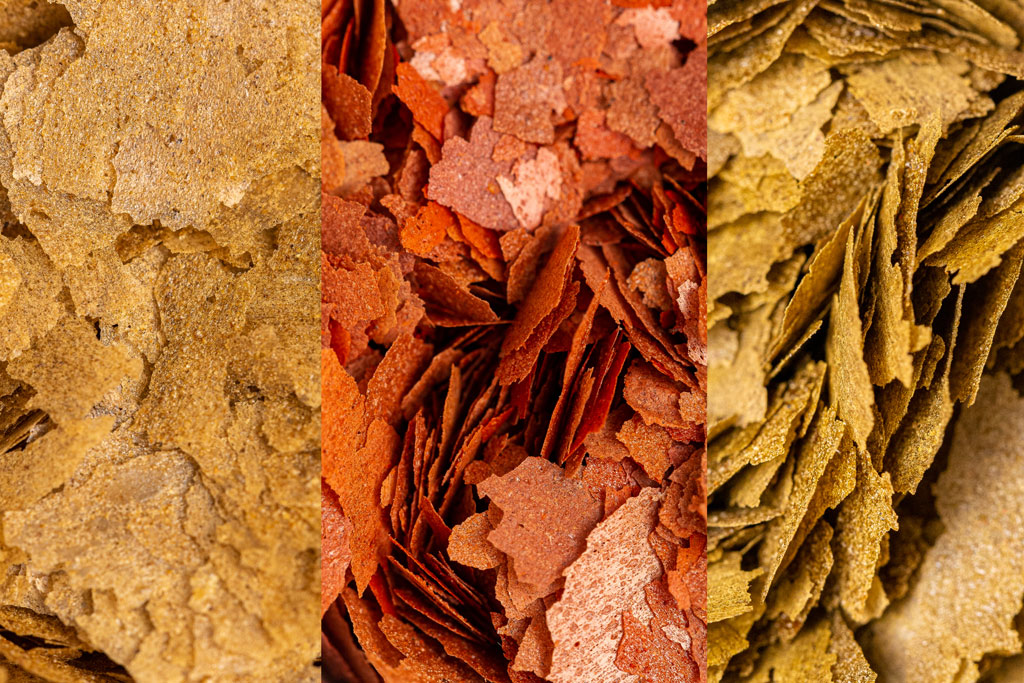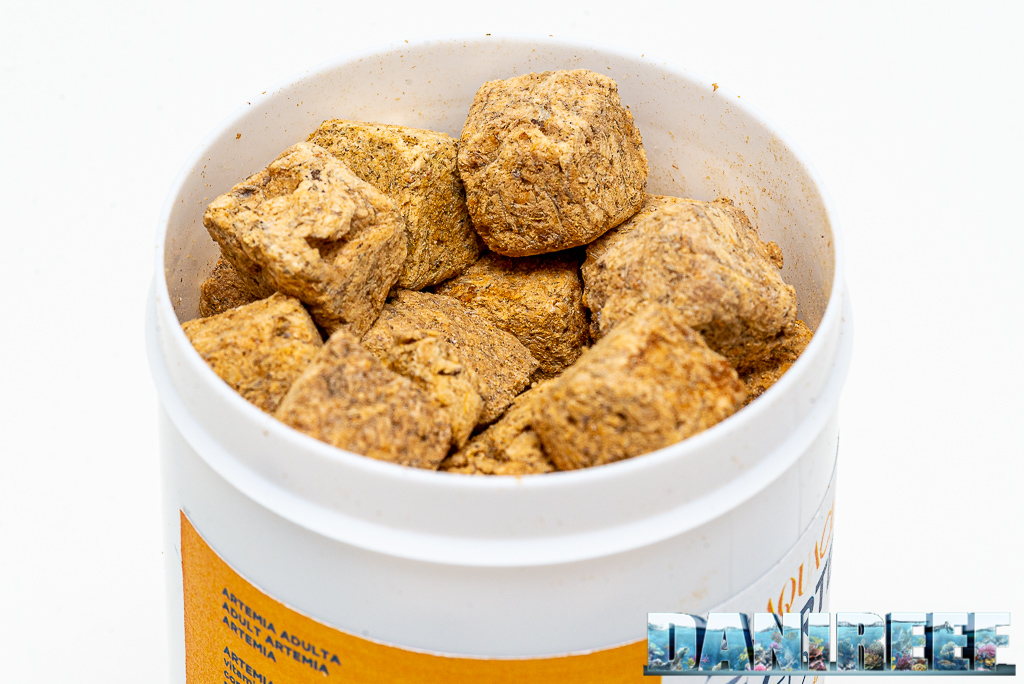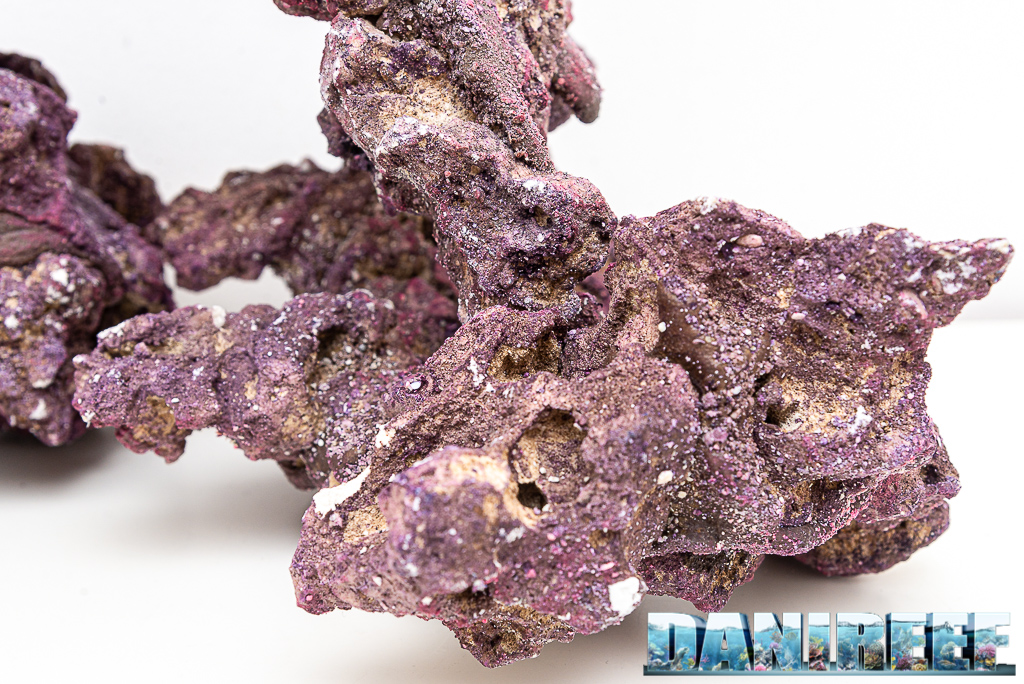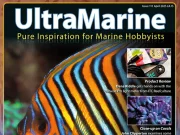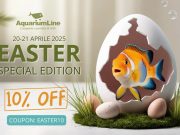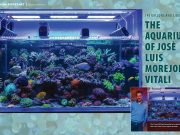In the first section dedicated to zooplankton – here – we covered all the organisms which can be grown in a home set-up and can be used to feed our LPS and SPS corals.
This article is also available in: italian
In this second part on zooplankton we will illustrate the less common organisms, or the more challenging ones to use because of breeding problems and hard to find supply of live starter kits. The following breeding groups present several problems due to “cannibalism“, poor nutritional value or reduced growth rates of the colonies. You will read about Moina spp (Moina salina); Mysis and eventually we’ll cover the ciliates and the possible problems related in their use next to phytoplankton cultures.
Moina
Moina salina is the salt water sister of the much better known Daphnia spp. Exactly as its freshwater sister, it is a crustacean of the Cladocera order. It is much smaller than Daphnia, they look much alike and both are particulate filter feeders. The few times I tried their culture, I noticed alternating long period of thriving colonies to their sudden collapse. Their nutrition was based on a mix of microalgae and yeasts, which allowed the colony to grow but then, at some point, the whole colony died. Moina life cycle is limited to a few days, and a single individual can give rise to dozens of small ones.
Growth happens by consecutive molts and the individual produce eggs which hatch in contact with water. Egg release happens during the molt phase. The discarded molts remains in the culture falling to the container bottom, and become a source of pollution causing several problems for catching individuals and for the maintenance, cleaning and feeding.
They can be considered good live food if compared to copepods because of their bigger size and slower movement, but like rotifers these organisms do not have a particularly good nutritional value. Moina nutritional value is referred as the content of its gastro-enteric apparatus. This can be improved by using professional feeds, but after all, I do not recommend their breeding in the long term.
Moina can be a useful food source for animals such as sea horses and jellyfish, freeing us of the burden of hatching and separating eggs of Artemia.
Mysis
With this term we usually refer to a broad order of small shrimp-like crustacean which include two families and several Genera. Even though there are many naturally occurring species, in the aquarium trade we mainly find two of them: Mysis relicta and Americamysis bahia (Mysidopsis bahia).
Both species are small and are usually introduced in out tank through eggs cointained in frozen food used for feeding our fishes and invertebrates.
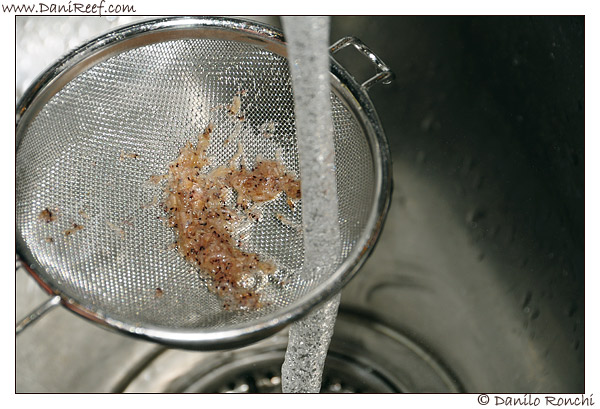
This order is characterized by an eggs pouch, that is why it’s easy to block the development process of eggs through freezing, without causing any damage and allowing them to grow again after de-frosting in our tanks. Many tiny shrimps will hatch, capable of breeding in turn in the tank, or sometimes in our sumps or skimmer cylinders. They are omnivores and prefer strong currents and well oxygenated waters.
I tried more than once to breed them but the results have never been satisfying or worthy of the time spent. The development of hatched larvae is a critical step because the adults feed on them just like on anything else that is available. Separating larvae from adults is fundamental for the maintenance of the culture.
I do not recommend to grow colonies because they require a lot of time and being fast moving organisms they are not even so easily preyed upon by our fishes. They are also sciophilous, meaning they prefer shady environments and prefer to hide amongst rocks during the hours of light in which our fishes are most active. Even though they are often recommended for sea horses or other similar animals, the live version does not represent the best form ever for feeding, while the frozen version if well enriched can be not only useful but fundamental.
Ciliates
Just like we said in the previous article on zooplankton, I will cover ciliates just in terms of the problems they can cause to our phytoplankton cultures or the maintenance of other zooplankton colonies.
The ciliate I most often found “appearing” in zooplankton and phytoplankton cultures was almost always identified using a microscope as belonging to the genus Euplotes.
This organism is a tiny ciliate protozoan very hard to eradicate in phyto or zooplankton cultures. Its reduced dimensions, 100 um ca., and its rapidity in moving and breeding make it a real curse for any culture, phytoplankton or zooplankton. Euplotes spp. presence can be lethal for great volume in a few hours!
More than once I lost dozens of litres of phytoplankton of different species literally overnight! In the evening, the algae container was coloured in deep green, but in the morning the same volume of water was completely transparent. Ciliates presence at this point is undeniable, it is enough to stop water movement and wait a few minutes for noticing their presence in the container without the use of any magnifying glasses.
It is more difficult to detect their presence in rotifers cultures, as their growth is simultaneous. A high density of ciliates in a rotifer culture can compromise their health in the moment when phytoplankton is added. Because of the fast development of ciliates, rotifers find themselves without enough food losing strength first, and then a reduced growth rate causes the final end of the colony, The only way to identify ciliates presence here is through a magnifying lens of at least 20-30 x, but once spotted the only thing we can do is immediately using the culture for feeding or just pour it in the sink. I tried more than once to separate ciliates from rotifers using different mesh size filters, but after a short while the culture was lost nonetheless. While the presence of ciliates in rotifers cultures almost always make them unusable, ciliates can be maintained togheter with copepods, especially if they are fed with yeast. They can also become preys of copepeds and therefore used as their nutrients. Introduction of Artemia salina in rotifers or copepods cultures has shown that this organism can control ciliate numbers. Other challenges can come upon our phytoplankton and zooplankton cultures and we are not always able to find out early enough to find a remedy. While a microscope is not essential, it is important to equip ourselves with a magnifying glass through which we can patiently monitor and observe our cultures regularly.
Spirulina and Artemia
…but where did we cover Spirulina and Artemia?
There is no paragraph here or in previous articles dedicated to the famous Artemia salina, nor there is one for the famous alga (cyanobacterium) Spirulina! Why? Because both Spirulina (Gen. Athrospira) and Artemia spp. do not belong to the marine plankton groups covered in these articles.
Spirulina is a alkaline freshwater cyanobacterium while Artemia spp. salina it is a marine water crustacean, but only present in those parts of the world where water can reach high salinity for several geological reasons. Salt deposits or saltwater aquifers present in some continents have been the reason for the development of these very special filtering organisms. Later they settled in coastal waters giving rise to the common idea that Artemia is a marine organism. In their natural environment Spirulina and Artemia have no predators, basically in alkaline lakes where Spirulina is present and in salty lakes home of Artemia salina there are no fishes! While their use ad food is very easy, it does not actually reflect the natural affinity between them and freshwater or marine fishes.
I hope to have covered any curiosity that may have arisen from the culture keeping for aquarium use with this ecologically diverse method, I remain available for any questions or doubts.
[Article by Davide Mascazzini]
From the same series:
- The global seas nutrien cycle: a better understanding of its application in aquariums
- Plankton: zooplankton and phytoplankton – getting to know them
- Aquarium plankton: mistakes in the use of phytoplankton supplement
- Phytoplankton: algae species, cultures and results
- Zooplankton for feeding SPS, LPS and fish – rotifers and copepods
- Characteristics and Problems of some species of Zooplankton






